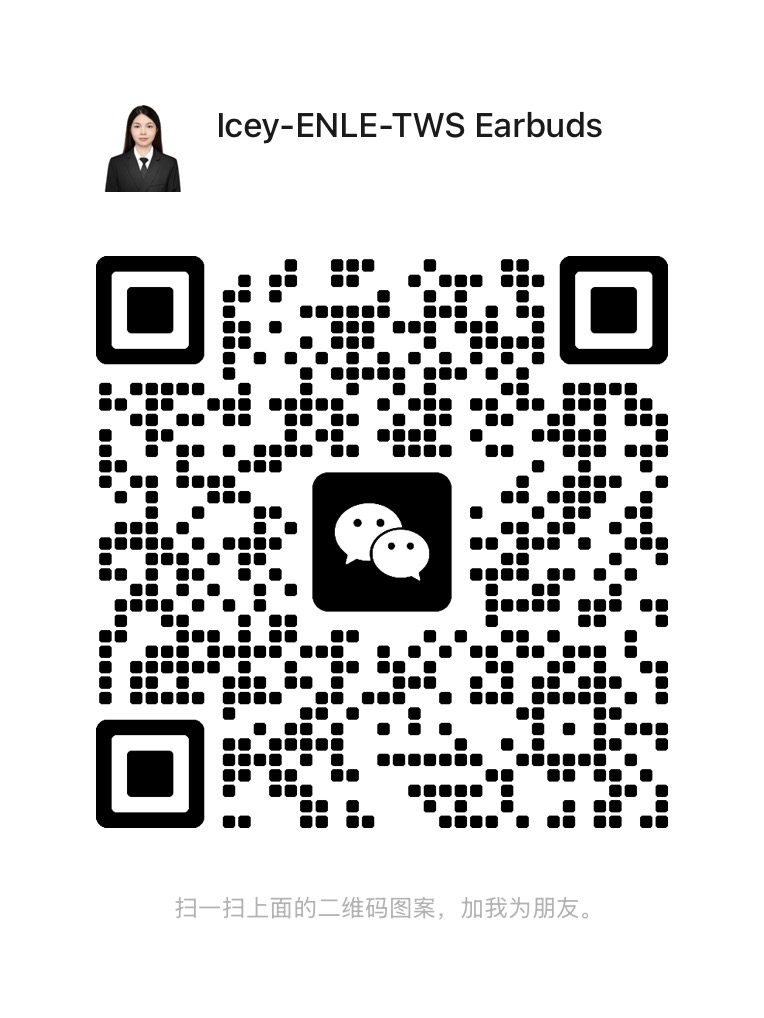bluetooth low energy expensive memory most comfortable bluetooth earbuds
bluetooth low energy expensive memory most comfortable bluetooth earbuds
As we all know, the more memory a computer has, the more expensive it is generally. However, every bit of memory in a computer not only costs money, but also energy. Memory usually needs to be refreshed dynamically -- every short period of time the contents of the chip are refreshed. This dynamic refresh requires energy, and the more memory a device is equipped with, the more energy it needs to power it. Therefore, the entire Bluetooth low energy design has considered reducing the amount of memory at every layer.
For example, keeping short packets at the link layer helps reduce the memory requirements of the radio when sending and receiving packets. For example, the attribute protocol layer does not need to process any data packets longer than 23 bytes, nor does it need to store any state information during state transitions. All of this reduces memory requirements. www.bjbjaudio.com
Another memory-related burden is the large number of protocols that need to be activated when a device needs to do many things. For example, imagine a pair of headphones that support both hands-free remote control and battery status reporting. If each of the above functions requires a separate protocol, the memory requirements of these protocols will be added together. Bluetooth Low Energy, on the other hand, has only one protocol, the Attributes protocol, to support name discovery, service discovery, reading and writing information for different use cases. Using only one protocol is obviously much less overhead than using multiple protocols. www.bjbjaudio.com
asymmetrical design
After understanding the architecture of Bluetooth low energy, you will find a design concept that is obvious, that is, an asymmetric design is used in all layers. This asymmetrical design is very important in order to allow devices with less energy to do less work. There are generally two types of radios at the physical layer: transmitters and receivers. A device can have both a transmitter and a receiver, but it can also have only a transmitter or only a receiver. If one device has only a transmitter and the other device has only a receiver, the network formed by the two is called an asymmetric network. This asymmetric design stems from a fundamental assumption that all other devices must be optimized for the most resource-constrained device. At the link layer, devices are divided into broadcasters, scanners, slaves, and masters. A broadcaster is a device that transmits packets and a scanner is a device that receives packets from a broadcaster. The slave is connected to the master, but even here the asymmetry is evident. The slave device cannot initiate any complex operations. The master device must be responsible for piconet timing, adaptive frequency hopping set settings, encryption, and some other complex operations. The slave device only needs to complete the required operation, and does not need to perform complex external processing. This way, the slave device can be very simple. Low cost, low memory and the lowest possible power consumption are achieved. www.bjbjaudio.com
